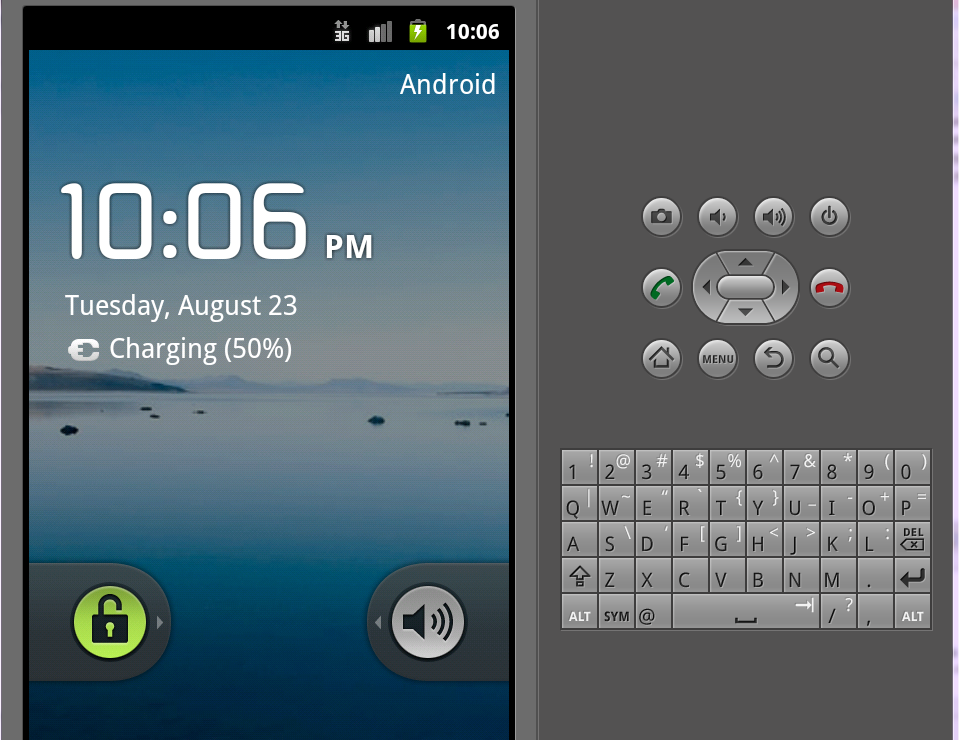

- #Genymotion for mac 2017 for mac os x#
- #Genymotion for mac 2017 for mac os#
- #Genymotion for mac 2017 mac os#
- #Genymotion for mac 2017 update#
- #Genymotion for mac 2017 android#
But when you get into the nitty-gritty of the situation, you’ll find Android emulator to be superior. The task at hand was to get rid of Genymotion used in CI infrastructure and machine.Īt a quick glance it seems like a stupid move as Android emulators are slow and buggy. I’m using Genymotion in CI infrastructure and on my machine. Let’s jump to how the situation is today. But it is quite stable & fast compared to plain old android emulators which run on qemu. Then came along Genymotion, which is just an Android VM running in a virtual box. Now you can run x86 Android emulator on an x86 machine.Īndroid emulators were still slow from what people wanted. Then came along the x86 images of Android which are way faster as they get rid of the ARM to x86 platform change. What can you expect out of an ARM emulator running on an x86 machine? Every instruction had to be converted from ARM to x86 architecture which makes it really slow. But they were too slow to use, the reason being a change of architecture. Long ago Android emulator was the only way to go.

Psst: I have some benchmarks down the line, stick around. But it is slower when running tests compared to certain Android emulators.Ī little background on the subject and then we’ll jump to the good stuff. They have other products like Genymotion on Cloud & Genymotion on Demand which are not being considered here. Wherever I say Genymotion I mean Genymotion Desktop. running tests.Īll benchmarks were done on a mid-2015 MacBook Pro. Use x86 (32 bit) image with Google APIs, 3GB ram, quad-core CPU.ĭisclaimer: I’ve tested my use case which to me looks the general use case i.e. TL DR: Android emulator is faster than Genymotion when configured right. Based on this I’ll be evaluating all the android emulators along with Genymotion. I’ve gathered some data around the most common use case in my experience.

I’ve seen most of the discussion ending in favour of Genymotion. So these were the Best 5 Android Emulators for Mac OS, besides these there are other options available too such as the Android SDK (Official) Emulator ,AndroVM, AndroLite but configuring official Android SDK is a tedious task and other two didn’t interest me much, you can check them out too.There has always been a debate about which android emulator to choose or to go with Genymotion.
#Genymotion for mac 2017 mac os#
The Configuration/installation instructions for Xamarin on Mac OS can be found here.Click here to download Xamarin Android Player for Mac.This Virtualization increases speed of the emulator to a great extent!.Xamarin is yet another android emulator with variety of devices supported, it supports OpenGL, and virtualizes a device instead of emulating it.You need an account on Genymotion Cloud – to Download and deploy Genymotion android device .Also supports drag and drop file transfer to the emulated SD Card 🙂, supports Gyroscope,Light and accelerometer sensors too.ADB Support and it also supports OpenGL hardware acceleration so you can use your Android device fullscreen and play Games on your MAC!.Directly supports networking through ethernet /Wi-Fi, emulates your connected connection directly so you can use internet directly in your emulated android.It also supports configuring the amount of resources e.g RAM ,harddisk to be allocated to the Android device is possible! Great feature if your are limited on hardware resources.This is a great feature and allows us to select a particular device as well as particular Android version which we want to emulate.One of the most striking features of Genymotion is unlike other Android Emulators it allows us to change the type of android device as well as android version we are using!!.
#Genymotion for mac 2017 update#
Update : You might love it to check out the New Firefox OS on PC – Click here to Configure Firefox OS Emulator on your Mac
#Genymotion for mac 2017 for mac os#
#Genymotion for mac 2017 for mac os x#


 0 kommentar(er)
0 kommentar(er)
